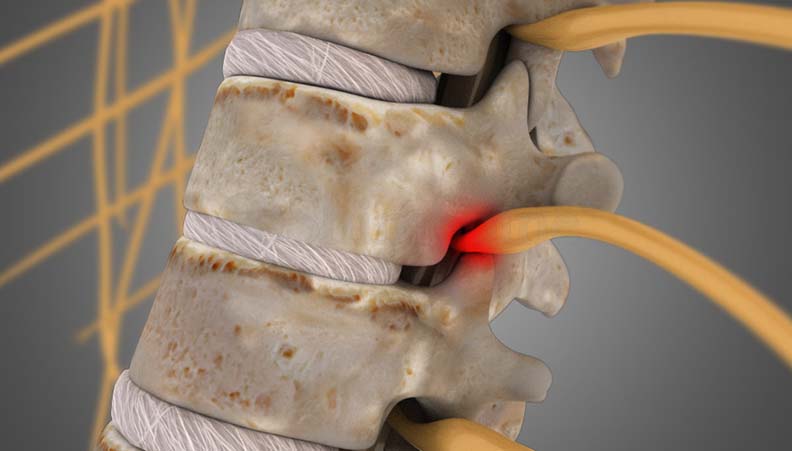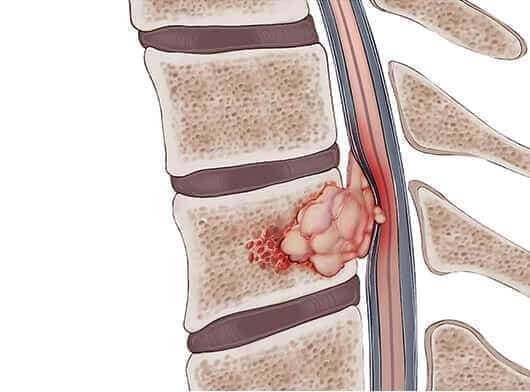
Lumbar spondylitis, also known as lumbar spondylosis or lumbar osteoarthritis, is a condition that affects the lower part of the spine (the lumbar region). It is characterized by the degeneration of the intervertebral discs and the formation of bone spurs in the spine. This can lead to symptoms such as lower back pain, stiffness, and reduced range of motion.
Treatment for lumbar spondylitis aims to manage pain, improve mobility, and prevent further damage to the spine. Treatment options may include:
Medications: Over-the-counter pain relievers like acetaminophen or NSAIDs can help reduce pain and inflammation. In some cases, muscle relaxants or prescription medications may be prescribed.
Physical Therapy: Exercises and stretches can help improve flexibility, strengthen muscles, and reduce pain. Physical therapists can also teach proper body mechanics to prevent further injury.
Hot and Cold Therapy: Applying heat or cold to the affected area can help reduce pain and stiffness.
Lifestyle Modifications: Maintaining a healthy weight, practicing good posture, and avoiding activities that worsen symptoms can help manage lumbar spondylitis.
Assistive Devices: Using devices like braces or supports can help support the spine and reduce pain.
Injections: Corticosteroid injections into the affected area can help reduce inflammation and relieve pain.
Surgery: In severe cases where other treatments have not been effective, surgery may be recommended to stabilize the spine or relieve pressure on the nerves.
It’s important for individuals with lumbar spondylitis to work closely with their healthcare providers to develop a treatment plan that meets their specific needs and goals.



